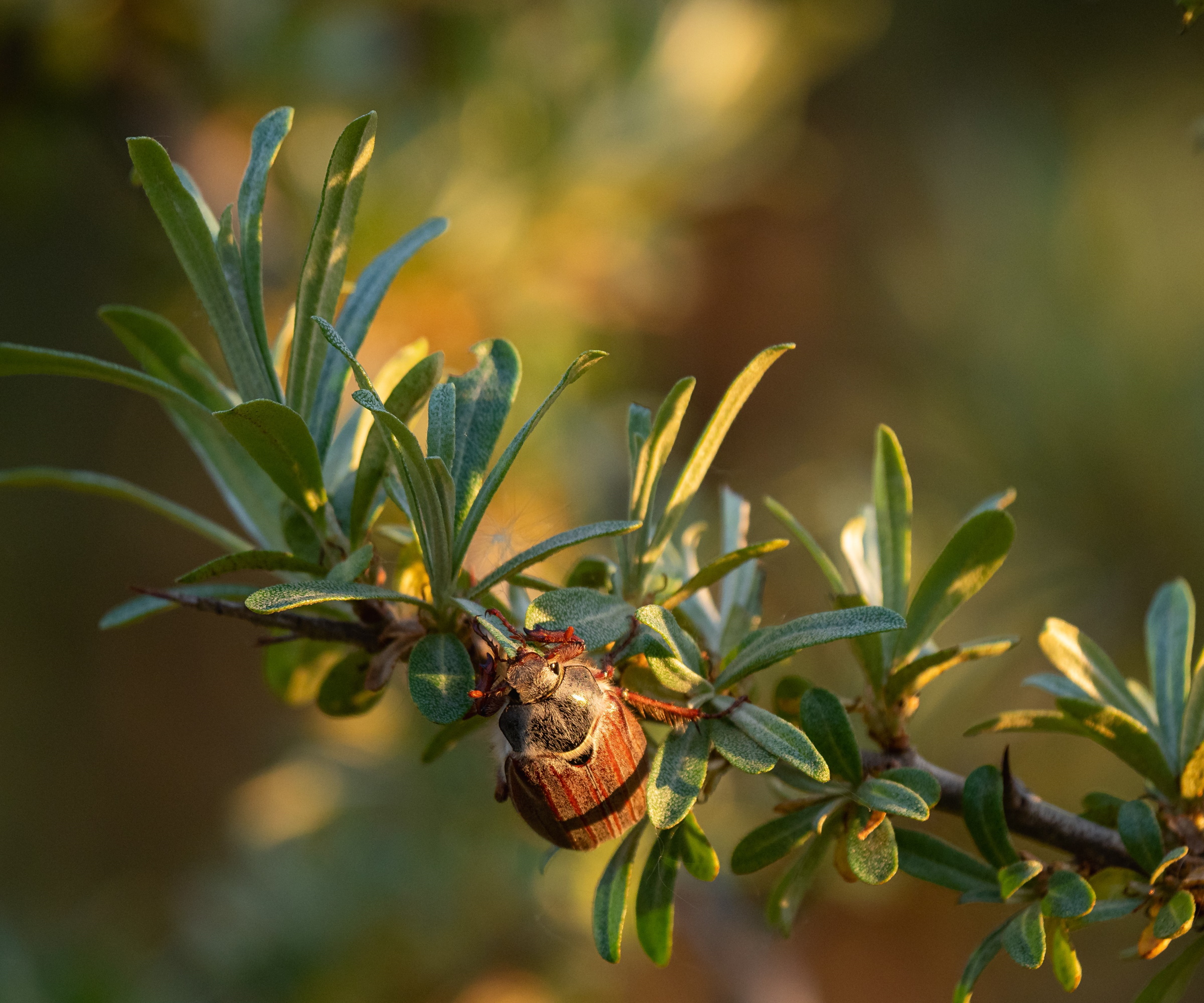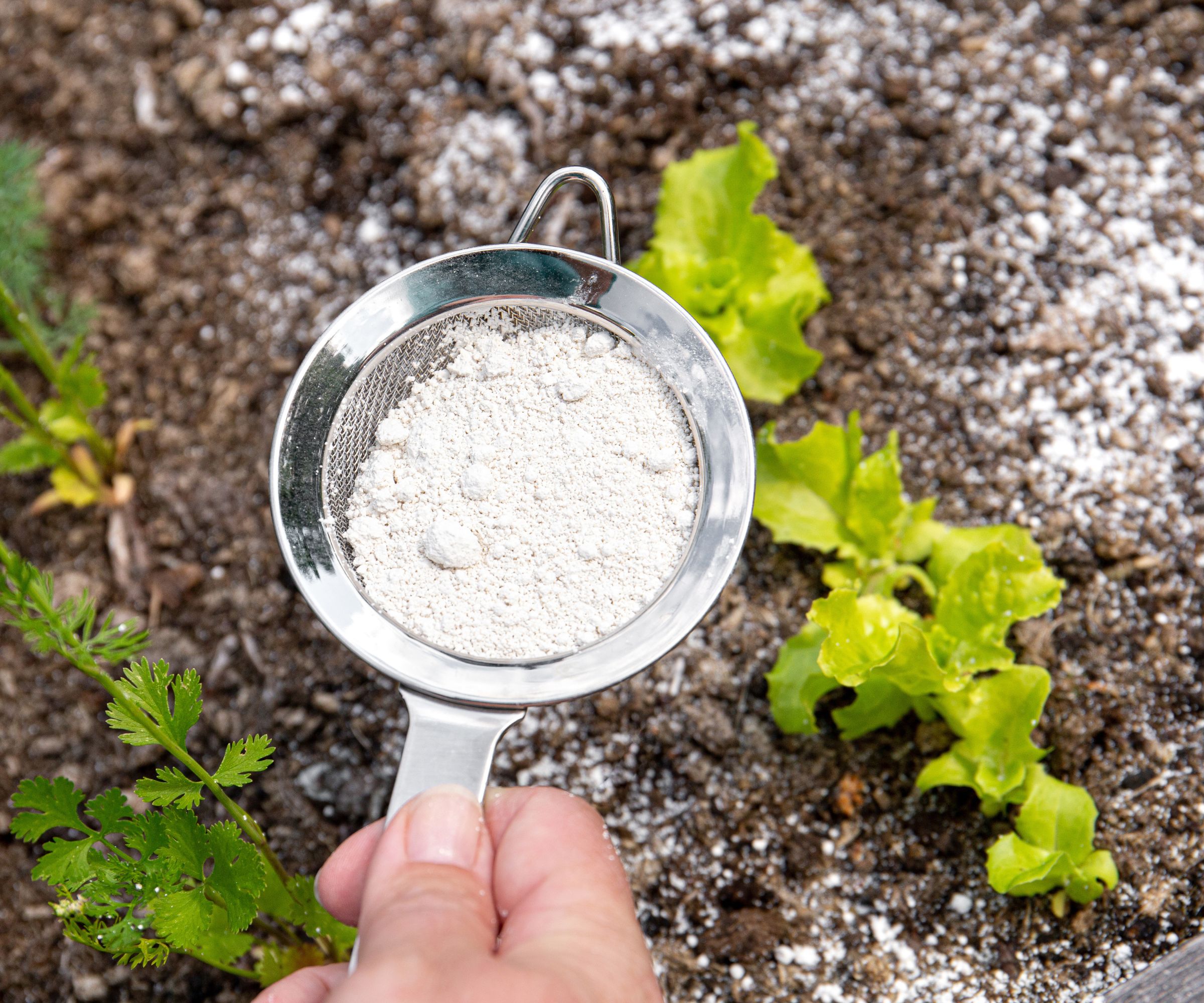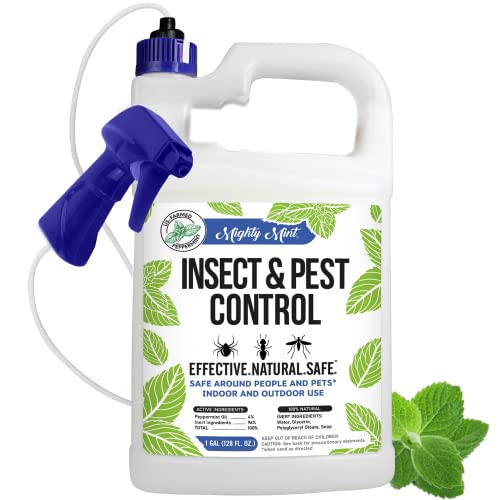How to repel June bugs from your yard – expert advice to protect your plants
June bugs are plant-eating beetles and can do significant damage to crops and flowers


Pest management is an important and inevitable gardening task during spring and summer. Whether you host a greedy gang of slugs who seem hell-bent on decimating your lettuces, or perhaps the local caterpillar community has made it their mission to destroy your dahlias, pest infestation is a problem you cannot afford to ignore.
June bugs - or June beetles - are small red-brown beetles with a big appetite, feeding on lush new foliage and flowers, often at night. Sadly for gardeners, this can mean that under the cover of darkness, considerable plant feasting can take place.
Much like learning how to combat mealybugs in your yard and how to kill Japanese beetles, June bug infestations are best managed by a combination of precautionary steps and damage limitation. Here, pest control experts share advice on how to spot, repel, and treat a June bug problem in your yard.

How to repel June bugs from your yard
June bugs - or June beetles - are so-called as they tend to emerge in June, usually appearing at the end of spring or during the beginning of summer. Confusingly, the name 'June bug' is a catch-all term that encompasses several different plant-eating scarab beetles that feed on vegetation, including grass, leaves, flowers, fruit and grains.
How to identify June bugs

'June bugs will appear like any other beetle,' says Reese Robbins, pest expert and founder of Just Pure Gardening. 'These bugs are oval in shape, with a reddish-brown coloring. While their size can vary, they will usually measure approximately 0.5 to 1 inch in length.'
'June bugs are nocturnal,' continues Reese, 'typically feeding at night.' For this reason, they are often attracted to lights. 'When you are hosting dinner parties in the yard, you might spot them buzzing around outdoor lights.'
Reese recommends 'regularly inspecting plants for pest damage.' The first signs can be munched foliage and flowers, so inspecting your prized plants is important, including your flowering perennials and annuals. Using a strong beam flashlight, with products available from Walmart, can be a good idea for inspecting plants and catching June bugs during the nighttime.
Design expertise in your inbox – from inspiring decorating ideas and beautiful celebrity homes to practical gardening advice and shopping round-ups.
Sadly for us gardeners, lawn grubs that live underground in the soil are the immature life stage of beetles, and unless you plan to dig up your borders and sieve most of your yard, this can be tricky to monitor or manage. When you spot brown patches on your turf, alarm bells should be ringing.
However, fear not, there are methods to deter and repel June bugs from your borders and products that can help combat an infestation.

Reese L. Robbins is the founder of Just Pure Gardening, a site full of fruit and vegetable growing guides, garden ideas, and garden product reviews.
How to repel June bugs

'June bugs are drawn to bright outdoor lights, especially during the evening,' Reese says. 'While we might need to use outdoor lighting when we are entertaining, consider reducing the intensity of your outdoor lighting, which can help to significantly decrease the chances of attracting these pests to your garden.'
Reese advises that one of the best ways to deter June bugs is to create a 'welcoming environment for natural predators like birds.' By encouraging native birds to nest and feed in your yard, June bugs will either be bird food or will move on to another yard where there are fewer predators.
'Planting native flora is a good idea as these shrubs and trees attract insect-eating birds,' Reese adds. 'Birds, including red cardinals and swallows, will not only help reduce the number of June bugs but also improve biodiversity in your yard.'
If you do not already have bird boxes and feeders in the yard, these wildlife garden ideas might be a quick weekend project to add to your summer gardening checklist. Bird feeders are available from Walmart.
Finally, Reese recommends considering soil drainage and reducing thatch buildup to create less hospitable conditions for June bugs. 'Soil health is important,' Reese says, 'and you can minimize the likelihood of June bugs reproducing in your yard by improving drainage.'
Shop Pest Control Accessories
How to combat June bugs

Reese recommends using biological controls to manage grub populations in the soil. 'Nematodes or other microbial insecticides can be added to your lawns and borders, helping to disrupt the pest life cycle,' Reese says.
'Biological control is a sustainable approach to pest management, which is recommended for being both effective while also minimizing harm to beneficial insects and wildlife,' Reese adds. Nematodes are available to order from Walmart.
Using nematodes to control June bug infestations helps to 'tackle the problem at the source by targeting the larvae, known as grubs before they mature into adult beetles,' says Reese. These treatments work by killing grubs and preventing them from developing into adult beetles.
'For those seeking additional organic remedies for managing June bug infestations, substances like diatomaceous earth, or insecticides such as neem oil, available from Walmart, are all viable options,' Reese says.
Diatomaceous earth is also available to order online from Walmart.
FAQs
When is the best time to apply a nematode solution to a lawn?
If you are concerned about June bugs laying grubs in your lawn or borders, the best time to apply a nematode solution is in the fall. Nematode applications are best done when the soil is warm but when moisture increases with higher rainfall. Applying at this time of the year will ensure the nematodes are effective. Always follow the instructions on the back of the packaging, diluting as necessary.
June bugs can be a problem during the spring and summer months, but by identifying and effectively treating any infestations, damage can be minimized. For more pest control information, see our guide on slug control methods, to keep these hungry pests away from your prized plants.

Thomas is a Content Editor within the Gardens Team at Homes and Gardens. He has worked as a professional gardener for both public spaces and private estates, specializing in productive gardening, growing food and flowers. Trained in Horticulture at the Garden Museum, he has written on gardening and garden history for various publications, including The English Garden, Gardens Illustrated, Hortus, The London Gardener and Bloom. He has co-authored a Lonely Planet travel book, The Tree Atlas, due out in 2024.


